CPAP 101: Machines
Posted by Remologie Staff

Different CPAP machines are designed to address the unique needs of individuals with obstructive sleep apnea. Before purchasing a CPAP machine, learn more about the three most commonly used CPAP devices: fixed CPAP, auto CPAP and travel CPAP machines, below.
Fixed CPAP Machines
Fixed pressure (fixed) CPAP machines have just one air pressure setting which regulates the force of air flowing into the CPAP mask. Physicians evaluating the severity of a person’s obstructive sleep apnea will recommend a setting that can keep airways open during sleep. This pressure setting is then programmed into the CPAP machine so it remains consistent throughout the night.
Although the use of fixed CPAP machines has been slowly declining due to the increasing popularity of auto CPAP machines, some people prefer “fixed” over “auto” because of its affordability and airflow consistency. However, fixed CPAPs still provide the same health and sleep benefits as other CPAP machines do by effectively preventing obstructive sleep apnea symptoms.
Auto CPAP Machines
Auto CPAP, or APAP, machines self-adjust when in use to give users a variety of different pressure ranges. They work by utilizing algorithms that determine how much pressure a user needs as they sleep to keep the airway open. APAP machines were invented to address a variety of variables that impact a sleeper’s airway requirements;for example, people with obstructive sleep apnea tend to stop breathing more often when lying on their back. If you rolled onto your back while sleeping, an APAP would immediately detect breathing difficulties and adjust to provide higher titrated (adjusted) pressure. Once you rolled onto your side, the APAP would adjust to reduce pressure if you tend to breathe easier while lying on your side.
Some people find APAP machines more comfortable than fixed CPAP machines because pressure remains at a minimum until one or more variables cause breathing difficulties. In addition to having OSA when sleeping in certain positions, some people suffer worsening OSA symptoms while in deep REM sleep. Algorithms contained in APAP software provide automatic adjustments that can significantly improve breathing and sleep quality.
If you suffer from rhinitis, seasonal allergies, recurring sinus problems, take prescription anxiolytics, or antihistamines, and have OSA, an APAP is probably the best CPAP machine that will adequately address your different pressure needs during sleep.
Travel CPAP Machines
Smaller, portable, and weighing less than fixed or auto CPAP machines, travel CPAP machines are FFA-approved and are more easily used during flights because of their size; however, any CPAP machine can be used during a flight as long as the airline allows it and there is adequate access to the right power outlet. During the airport screening process, travel CPAP machines will be inspected and x-rayed. You are permitted to put your travel CPAP in a clear, plastic bag to keep it clean before placing it in the x-ray bin.
Benefits of travel CPAP machines include:
- They are small and can, like every other CPAP device, run off a marine battery, or car 12V, if you have the correct adapter.
- They can run off DC cable converters
- Batteries last longer than other CPAP batteries–useful for camping trips or long road trips
For people who tend to spend more time away from home than they spend at home, the travel CPAP machine is a must-have device that perfectly accommodates their active lifestyle.
Learn more about the advantages to CPAP and what type of CPAP would best suit your needs by booking a home sleep test with us today!


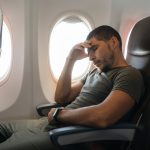
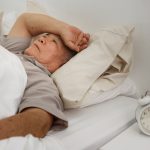
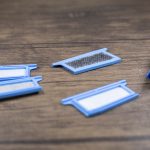
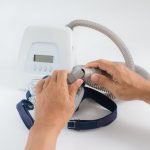
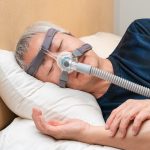


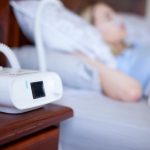



I’m not that much of a internet reader to be honest but your blogs really nice,
keep it up! I’ll go ahead and bookmark your site to come back later on. All the best